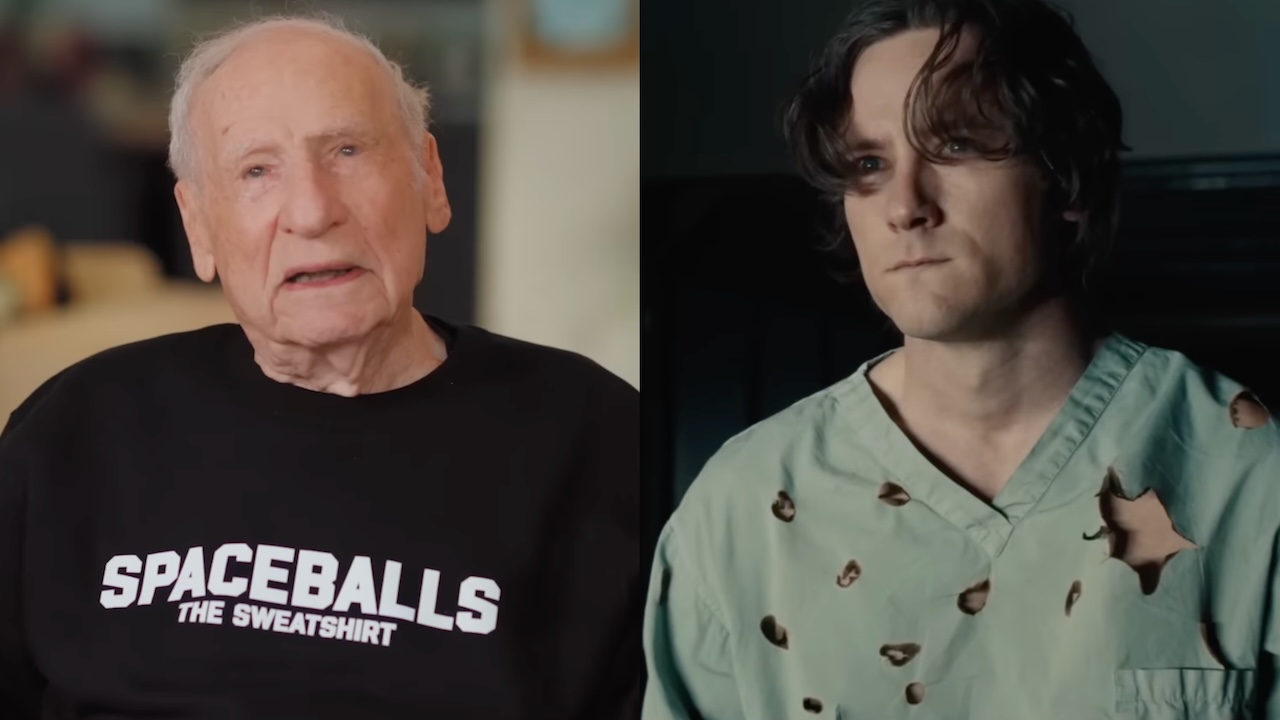Avatar: The Last Airbender: 5 Times The Beloved Animated Series Brought Disability Representation To TV
Toph, Teo, Korra and more!
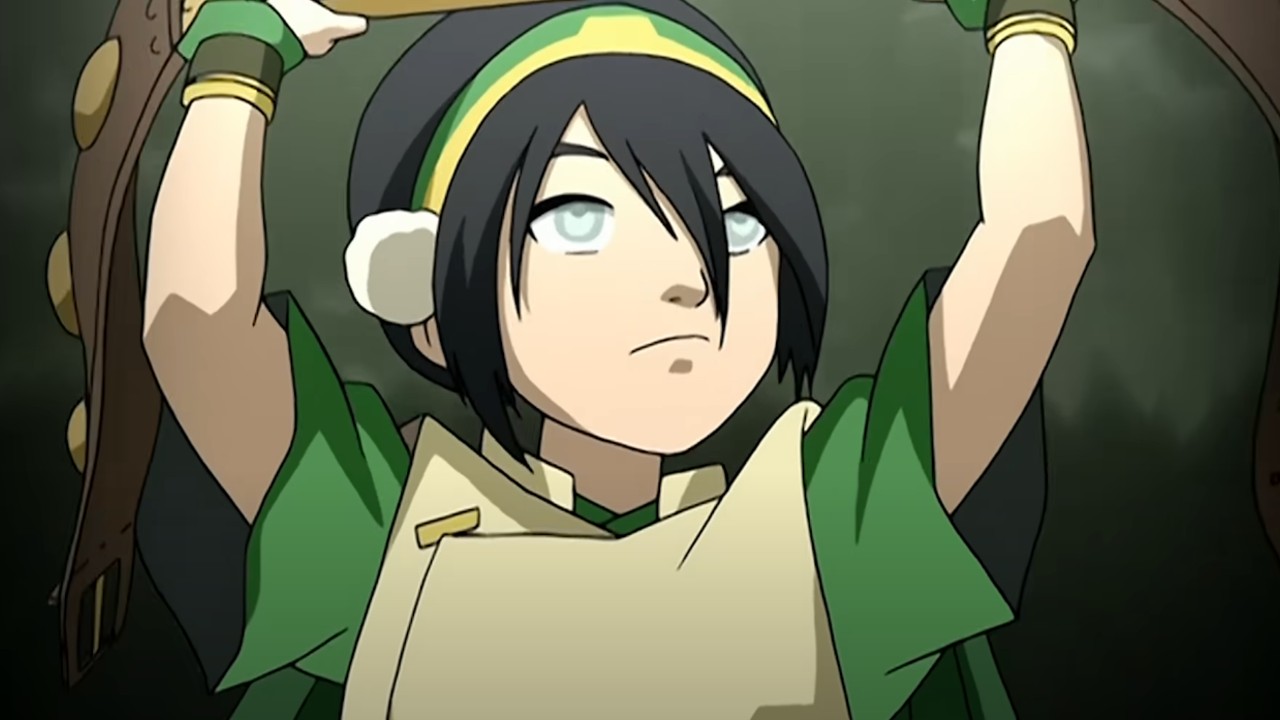
Avatar: The Last Airbender has always been a beloved series, and part of the reason it's so adored has to do with its thoughtful diversity and inclusion. We see this in all the best female benders as well as how the various cultures of the benders are depicted. This is also seen in how disability is thoughtfully represented throughout the franchise, in both the OG series and its sequel show, The Legend of Korra. From Toph to Korra to Combustion Man and more, the series represents many characters living with disabilities and clearly shows how they sometimes make them more powerful, so let’s talk about it.
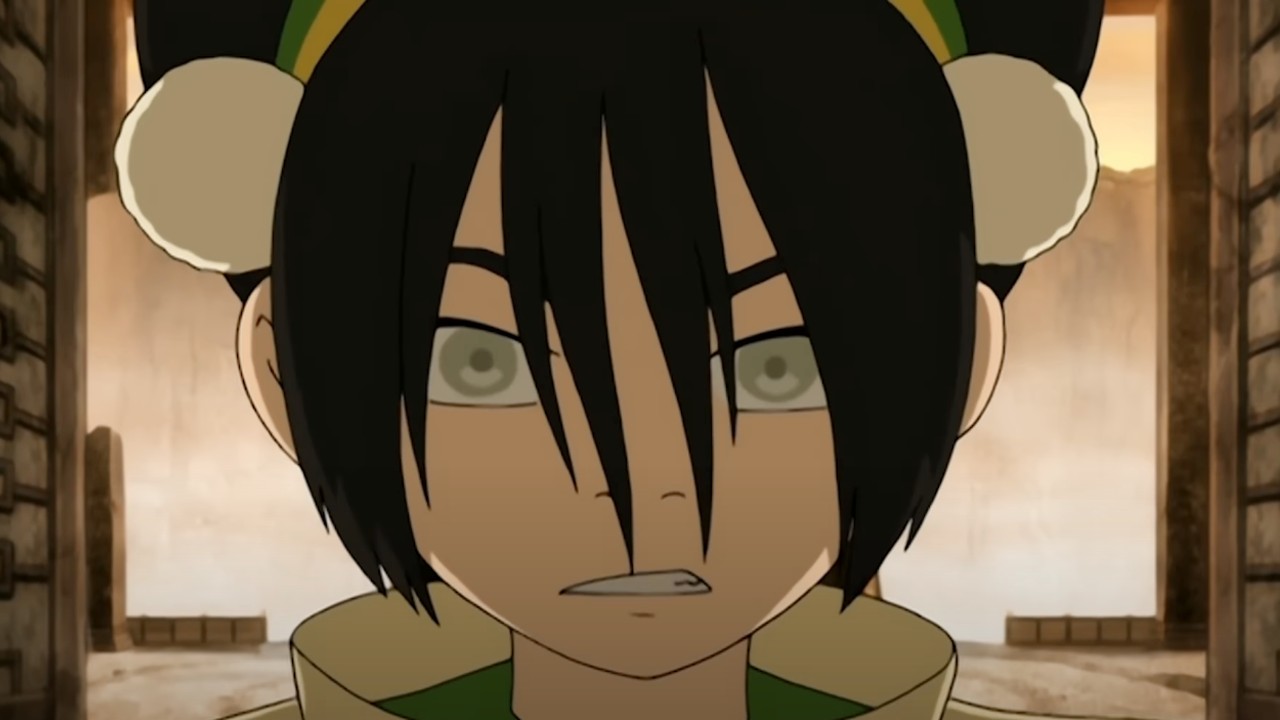
Toph
Toph is considered one of the best characters in the Avatar franchise by many, and she’s beloved for her dry sense of humor and tough-as-a-rock personality. She’s also a master Earth bender, and blind. In her early episodes we learn that because of her blindness, her parents try to shield her from the world, when in reality her disability actually heightens her abilities/other senses.
Even though Toph can’t see with her eyes, her other senses are incredibly heightened, and in some moments it feels like she can see clearer than everyone else. Also, she’s a better Earth bender because she has such a strong sense of touch.
What’s truly empowering about Toph is while her disability doesn’t define her, it also makes her so much stronger. That message alone is powerful, but mix that with the strong-willed and hilarious Earth bender and you end up with a magnificent example of disability representation on television.
Fans have become so fond of Toph, she’s one of the characters we’d love to see an Avatar The Last Airbender movie about. Not only would it be amazing to get more of this master Earth bender’s story, it’d also be more fantastic representation of the blind community.
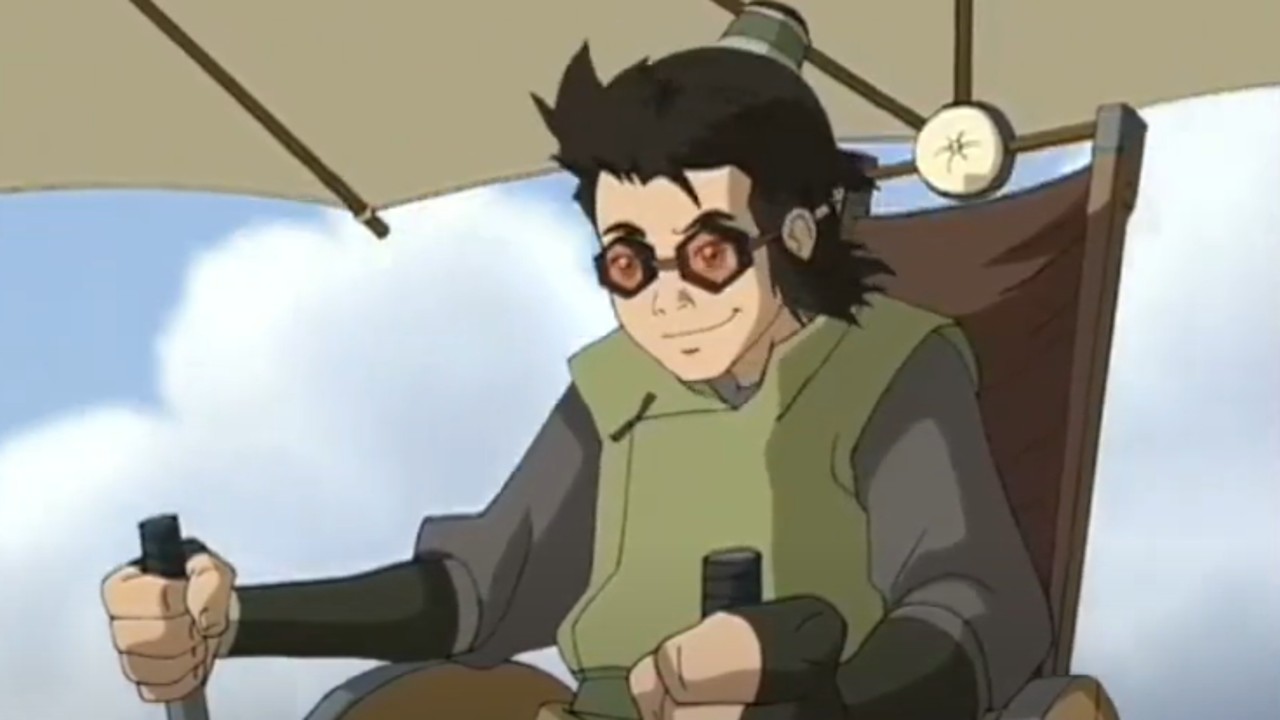
Teo
When we meet Teo he’s flying around the Northern Air Temple as happy as can be, and when he lands his glider we realize he’s paralyzed from the waist down. He explained that when his village was taken over by the Fire Nation, he was injured and paralyzed. So, when he and his father moved to the Air Temple, his dad fashioned him a glider that would attach to his wheelchair.
Seeing how Teo and his dad innovated and made a wheelchair that could fly was so cool, and his father’s commitment to supporting his son and giving him the best life possible was admirable.
Your Daily Blend of Entertainment News
At the Air Temple, I assumed it would be hard for someone who wasn’t able-bodied to live comfortably. However, Teo and his father proved me wrong, and they showed me just how unstoppable this kid and his glider are.

Combustion Man
While Combustion Man doesn’t have all that much screen time, he has a massive impact. He’s an assassin from the Fire Nation who can blow things up by projecting an explosion through his forehead.
Notably, Combustion Man has a prosthetic arm and leg. He lost his limbs in an accident when he discovered his ability as a young child. This is why his left leg and arm, from his elbow down, are made of metal.
Throughout the series, this man proves to be a real adversary for Team Avatar as he tries to kill Aang and his friends four times. While he is a scary villain, his power is also super cool and he’s such a unique character. Also, having someone with prosthetic limbs on screen is empowering, even when said person is constantly trying to blow up the protagonists.
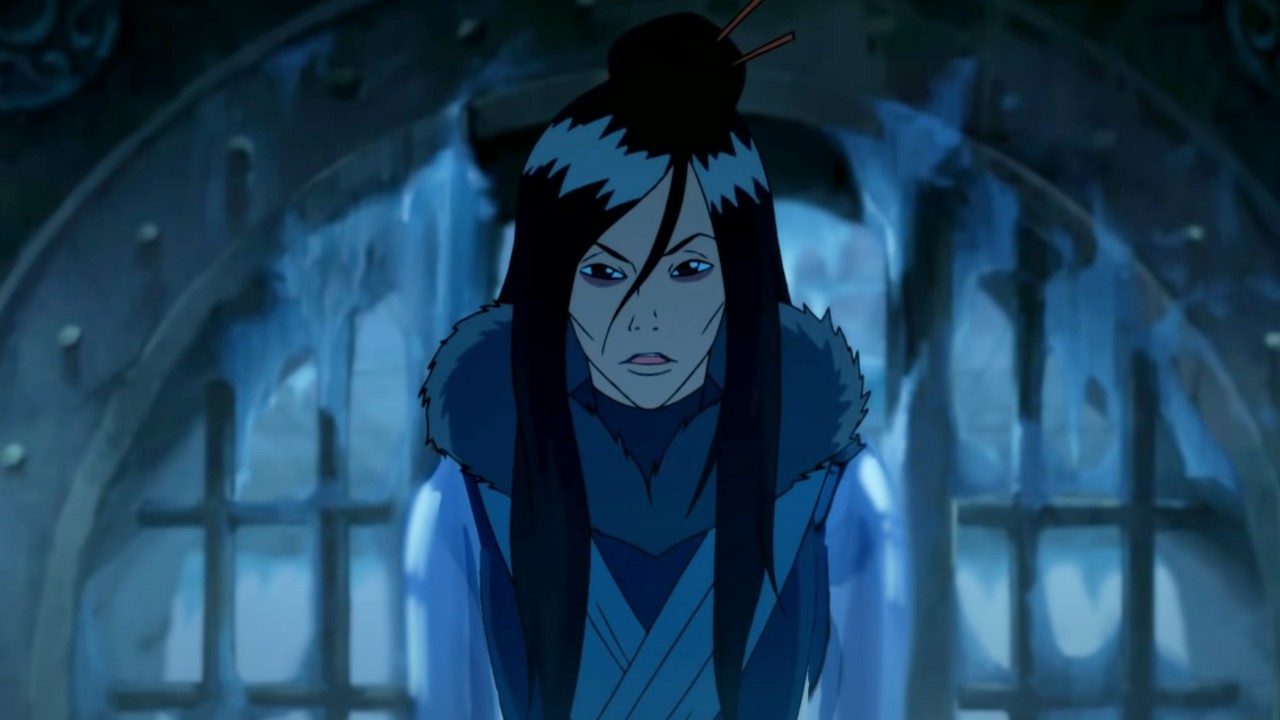
Ming-Hua
Ming-Hua is a master water bender in The Legend of Korra, and she does not have arms so she bends water to make prosthetic limbs. She’s a criminal and a member of the Red Lotus. Honestly, what makes her so great is the fact that she’s so dangerous she had to be held in a high-security prison above a volcano.
I love that rather than using traditional prosthetics, the show decided to let her use water bending to create her arms. It’s such a unique, powerful and creative way to represent disability, and the series makes it very clear that Ming-Hua is one of the strongest antagonists in the Red Lotus.
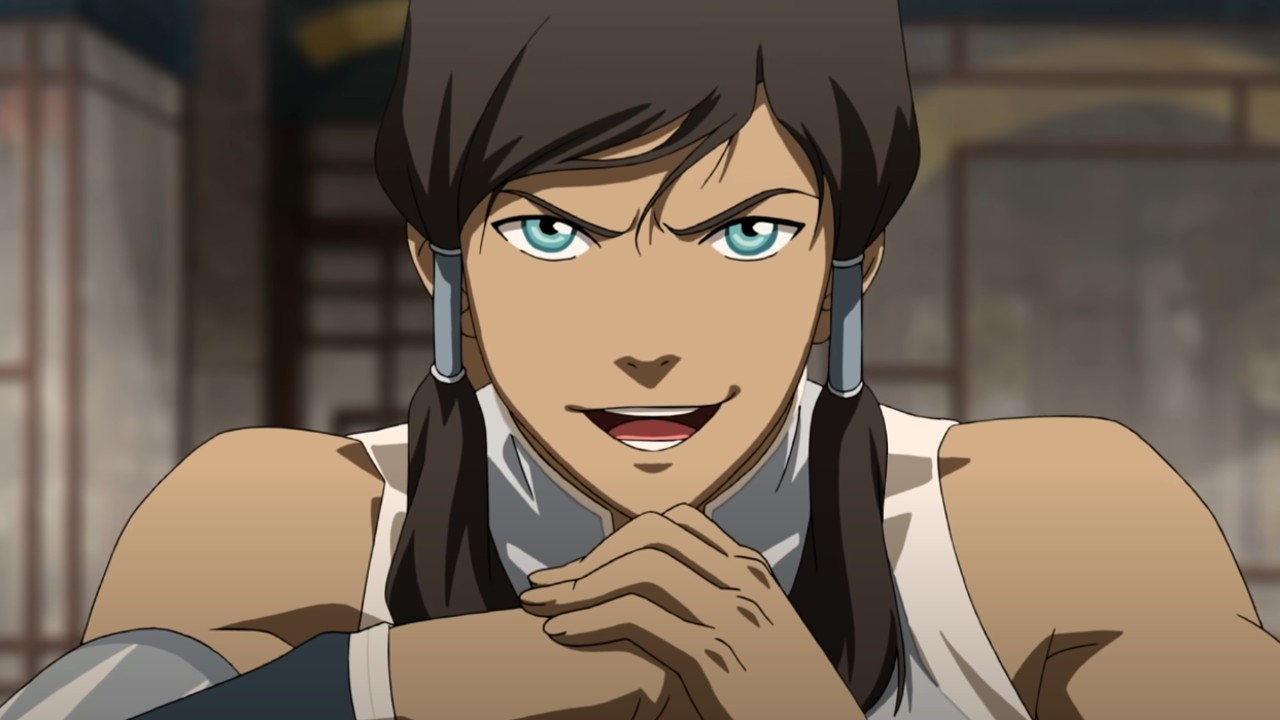
Korra
Up to this point, we’ve been talking about physical disability, however, in The Legend of Korra, the titular character has to work with Post-Traumatic Stress Disorder, making for a fascinating and thoughtful representation of a mental disability.
In Book Three of The Last Airbender sequel series, Korra has to deal with PTSD after defeating the human opponents presented in the first two books. At the end of Season 3, Korra is left in a wheelchair after being poisoned and almost asphyxiated. She then takes three years to recover in Book Four, however, the nightmares and flashbacks have made it so she can’t enter the Avatar State or contact Raava.
While reflecting on Season 4 of this show, Michael McCarrick wrote for CBR that Korra’s journey is heroic and a wonderful example of mental health representation. He noted that her hero’s journey is not typical, however, it’s through reclaiming her own power on her own terms that she’s able to truly heal, he wrote:
Showing mental vulnerability used to be considered a weakness in a hero, but in reality, it's the toughest and bravest obstacle for that hero to overcome.
He’s so right, Korra’s journey is a magnificent example of someone living with PTSD. The nuanced portrayal of her experience with it, and the journey she goes on to heal is vital.
As I’ve grown up and re-watched The Legend of Korra and Avatar: The Last Airbender, I’ve become acutely aware of how nuanced and representative the shows are. One of the amazing points of representation in these series is in how they depict people living with disabilities, and they do it with so much care.
None of these five characters are defined only by their disability. However, the shows also don't shy away from them, either. Each of their experiences are developed and shown in a detailed and caring way, and both the strengths and challenges that come with their disabilities are integral parts of their stories.
Hopefully, this stays true with the live-action adaptation of Avatar: The Last Airbender. While we wait to see how these folks are depicted in the new series, you can stream both The Last Airbender and The Legend of Korra with a Netflix subscription.

Riley Utley is the Weekend Editor at CinemaBlend. She has written for national publications as well as daily and alt-weekly newspapers in Spokane, Washington, Syracuse, New York and Charleston, South Carolina. She graduated with her master’s degree in arts journalism and communications from the Newhouse School at Syracuse University. Since joining the CB team she has covered numerous TV shows and movies -- including her personal favorite shows Ted Lasso and The Marvelous Mrs. Maisel. She also has followed and consistently written about everything from Taylor Swift to Fire Country, and she's enjoyed every second of it.
